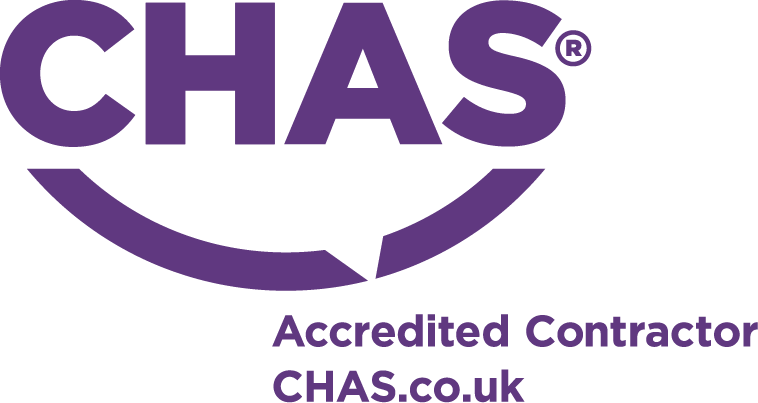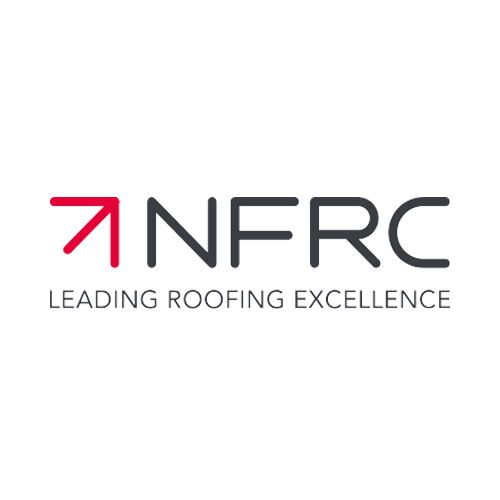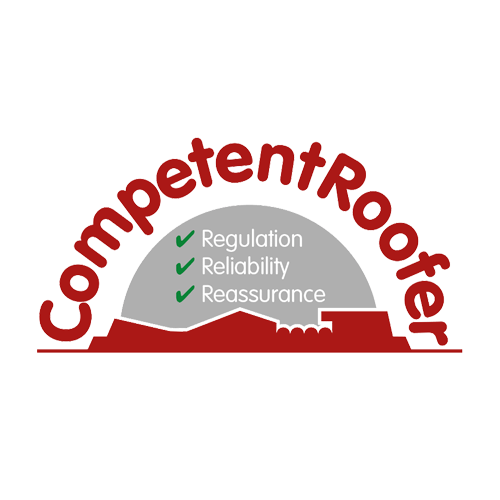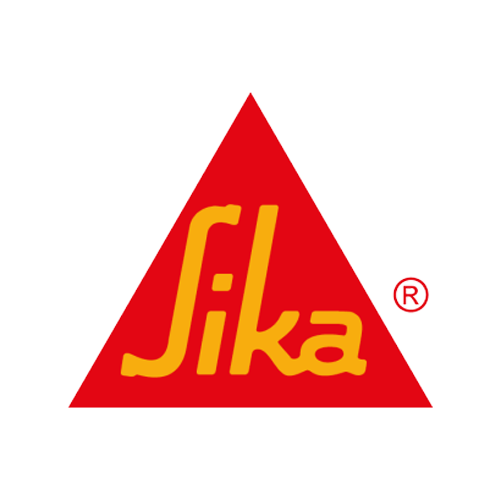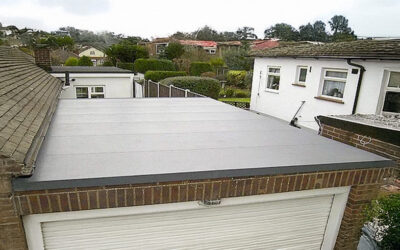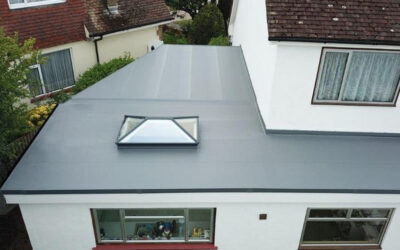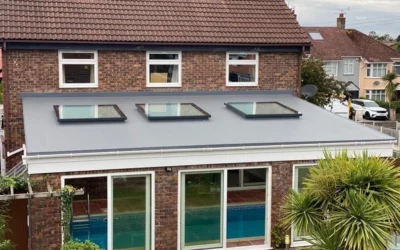Modern technology flat roofs
Let’s be honest – no-one likes replacing a flat roof. It’s not as exciting as a new car or the latest gadget. It’s not as pretty as a handbag and it’s a lot more expensive than a pair of shoes. But the fact is that if your existing flat roof is no longer protecting your home, it needs to be replaced.
So what are your options? Should you go for traditional flat roofing materials or invest in modern PVC or EPDM rubber systems? What are the pros and cons?
Traditional felt and bitumen flat roofing materials
Traditionally, flat roofs would have been covered with felt – a paper or fibre material that is impregnated in bitumen and then covered with a layer of gravel to protect the felt from the elements.
Felt is the cheapest option when it comes to flat roof replacement but it does come with quite a few drawbacks. Sadly, their propensity to leak or get damaged by pooling water means that they are unlikely to last any longer than 10 to 15 years.
Modern bitumen roofs have better expansion and contraction properties than their older counterparts and may last up to 20 years, but they will need to be maintained and checked regularly. Plus they can be easily damaged by foot traffic and ladders, particularly in the warmer summer months.
In addition, they are not the most attractive option – any repairs will result in patches that are easily visible to the naked eye. If you were to choose the traditional route, we would suggest that it should only be used in areas that aren’t on show.
Built Up Roofing (BUR)
Also known as ‘tar and gravel’ roofs, BUR consists of layer upon layer of bitumen, with a final layer of gravel on top to protect the membrane. BUR has been used for over a century; they are highly durable and able to withstand heavy footfall. However, they are also incredibly heavy. You may need to add reinforcement to your roof’s supporting structures or your replacement roof will do more damage than good.
PVC single-ply membrane systems
This type of system is arguably the most popular when it comes to replacement flat roofing. PVC membranes are strong and durable and seams are heat welded to form a 100% watertight seal. In fact, the seams are stronger than the membrane itself!
PVC flat roofing membranes are virtually maintenance-free and if installed correctly, can be used as the base for roof gardens and terraces. PVC single-ply membrane systems are also highly energy efficient as instead of absorbing the sun’s energy, they reflect it.
They are not the cheapest option, but PVC membranes usually come with a lifetime guarantee, so if you have the funds, the benefits outweigh the cost.
EPDM flat roofing
Also known as a rubber roof, EPDM is a great value option – it is cheaper than a PVC roofing membrane and often come with a 20 year guarantee. Rubber roofs are lightweight, strong and hardwearing, and they can withstand foot traffic without damage.
However, the seams and heat welded joints don’t tend to be as strong as their PVC counterparts. In addition, EPDM can absorb heat, which may result in higher energy bills to heat your home.
Fibreglass roofing
Fibreglass GRP can be manufactured in any colour and is usually laid in one to two layers with a jointless finish. It is weatherproof, highly damage resistant and any repairs that need to be made are easily carried out and almost invisible.
Most fibreglass roofs are guaranteed for 20 years but in reality, they can last far longer. In terms of durability and appearance, fibreglass is a winner – but it does come at a cost. This option is the most expensive.


